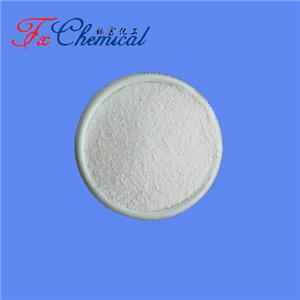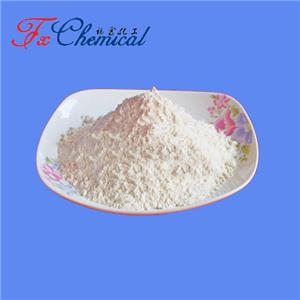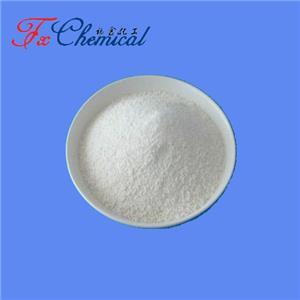
Product Details
| Product Name: Potassium trichloroammineplatinate (II) | CAS No.: 13820-91-2 |
| Min. Order: 1g | Purity: 99% |
| Supply Ability: 200G | Release date: 2025/10/15 |
What is Potassium trichloroammineplatinate(II)?
This compound, with the formula K[Pt(NH₃)Cl₃], is a coordination complex of platinum(II). It is a yellow, crystalline solid and is historically significant as one of the compounds studied by Alfred Werner in the late 19th century to develop his groundbreaking Theory of Coordination Chemistry, for which he won the Nobel Prize.
Its structure consists of a central platinum(II) ion coordinated in a square planar geometry by three chloride ions (Cl⁻) and one ammonia molecule (NH₃). The potassium ion (K⁺) balances the negative charge of the complex anion, [Pt(NH₃)Cl₃]⁻.
Primary Applications and Significance
The application of this specific compound is almost entirely confined to the domains of academic research, education, and chemical synthesis, rather than widespread industrial use.
1. Foundation of Coordination Chemistry (Historical & Educational)
This is the most important "application" of this compound.
Werner's Theory: Alfred Werner used this compound and its isomers to disprove the popular chain theory of valence and prove his coordination theory.
Demonstration of Isomerism: The compound Potassium tetrachloroplatinate(II), K₂[PtCl₄], has two isomers when it reacts with ammonia. One isomer is K[Pt(NH₃)Cl₃] (described here), and the other is [Pt(NH₃)₄][PtCl₄]. The existence of these two distinct compounds with the same empirical formula (PtCl₃NH₃) was pivotal evidence for Werner's theory that ligands are arranged in a specific geometry around a central metal ion.
Teaching Tool: It remains a classic example in university-level inorganic chemistry courses to teach students about:
Coordination compounds
Square planar geometry
Isomerism
The history of chemical theory
2. Chemical Synthesis (Precursor)
Its primary practical use is as a versatile starting material (precursor) for synthesizing other, more complex platinum(II) coordination compounds.
Synthesis of Other Ammine Complexes: The three chloride ligands are relatively labile (easily replaced). Through controlled aquation (replacement with water) or anation (replacement with other anions) reactions, chemists can use K[Pt(NH₃)Cl₃] to prepare a wide range of new complexes with the general formula [Pt(NH₃)(L)X₂], where L and X are other ligands.
Building Block for Anticancer Drug Research: While not a drug itself, it belongs to the family of platinum-ammine complexes. Its structure is a stepping stone for synthetic chemists exploring structure-activity relationships in platinum-based anticancer agents, the most famous of which is cisplatin, [Pt(NH₃)₂Cl₂]. Researchers modify ligands around the platinum center to understand how these changes affect biological activity and reduce side effects.
3. Catalysis Research
Like many platinum group metal complexes, it can be investigated as a potential catalyst or catalyst precursor for various organic transformations, such as hydrogenation or hydrosilylation reactions. However, this is a niche research area, and other platinum complexes are more commonly used.
Company Profile Introduction
You may like
Recommended supplier
| Product name | Price | Suppliers | Update time | |
|---|---|---|---|---|
| $0.00/1kg |
VIP5Y
|
WUHAN FORTUNA CHEMICAL CO., LTD
|
2025-07-28 | |
| $0.00/10mg |
VIP1Y
|
Moxin Chemicals
|
2025-03-13 | |
| $0.00/1G |
VIP2Y
|
Watson Biotechnology Co.,Ltd
|
2024-07-25 | |
| $1.00/1KG |
VIP6Y
|
Career Henan Chemical Co
|
2019-12-23 | |
| $0.00/1g |
VIP5Y
|
WUHAN FORTUNA CHEMICAL CO., LTD
|
2021-07-09 |
- Since: 2006-04-03
- Address: Room 2015, No.2 Building Kaixin Mansion








 China
China